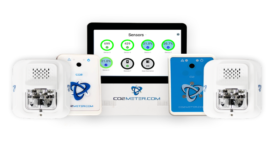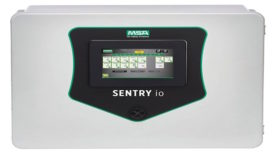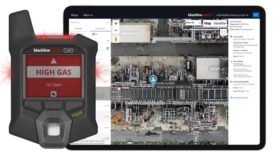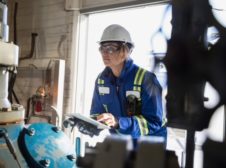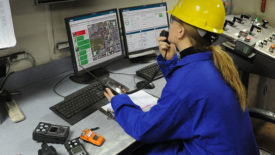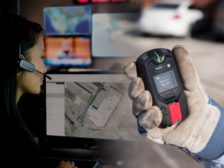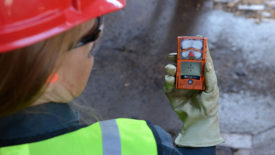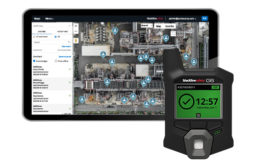Home » Keywords: » gas detection
Items Tagged with 'gas detection'
ARTICLES
Connected worker practices can transform worker safety
Adopt a platform approach to curb fatal injuries
May 22, 2023
Don’t let safety slip through the cracks
Leak detection and repair crucial maintenance practices
February 10, 2023
EVENTS
Webinar Sponsored Webinars
10/11/23 to 10/11/24
Contact: Amy Jackson
Benefits of Connected Gas Detection: Worksite Safety, Visibility, and Compliance
Get our new eMagazine delivered to your inbox every month.
Stay in the know on the latest safety trends.
SUBSCRIBE TODAYCopyright ©2024. All Rights Reserved BNP Media.
Design, CMS, Hosting & Web Development :: ePublishing

